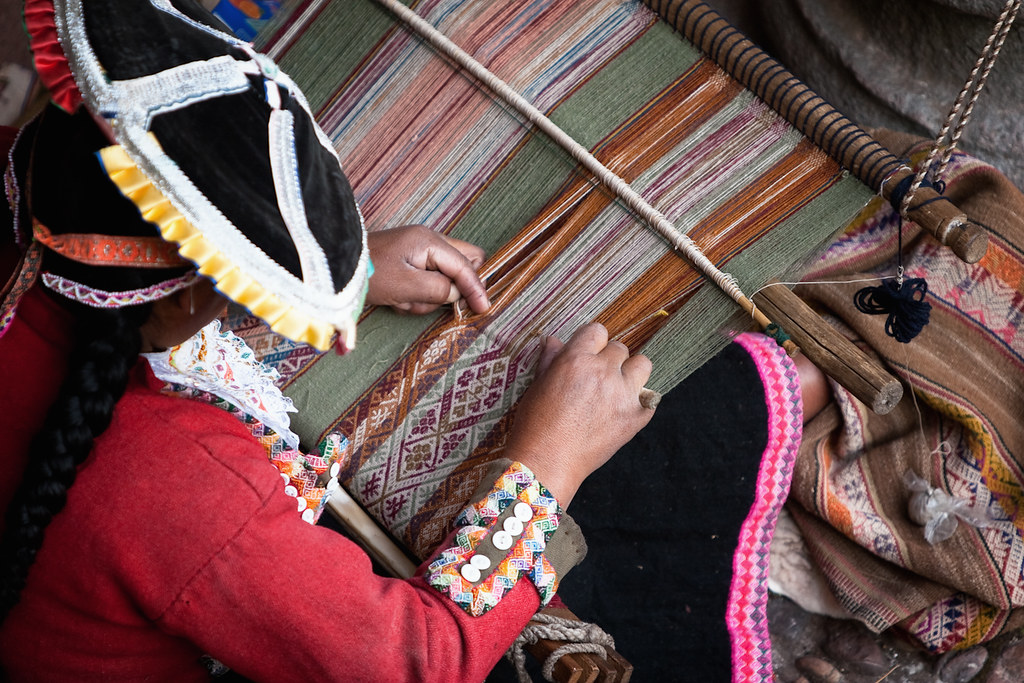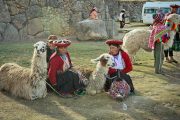As you walk the Inca Trails, you’ll find more than just ruins and scenery. You’ll also encounter one of the Andes’ richest traditions: Inca textiles. These weavings are not just beautiful. They are also full of meaning, culture, and history.
Threads That Speak
The Incas viewed textiles as more than decoration. They used alpaca, llama, and vicuña wool to create cloth as valuable as gold. Every thread, color, and shape had meaning. For example, red could show power. A checkerboard might point to a warrior’s rank.
These patterns told stories of identity, region, and role. In this way, textiles worked like a visual language.
Sacred and Symbolic
Inca textiles had spiritual importance too. They were used in rituals and as gifts for nobles and allies. Emperors offered fine weavings as signs of respect and divine favor.
Weavers held high status in society. Many were chosen women or trained artisans. Through their art, they honored the gods and the land. Their patterns reflected beliefs about nature, the mountains, and time itself.
Living Tradition in the Andes
These traditions still live on today. As you hike to Machu Picchu, you can visit weaving villages like Huilloc, Patacancha, and Chinchero. There, you’ll see locals using ancient methods. They dye wool with plants and minerals. They weave with backstrap looms, just like their ancestors did.
Meeting these artisans brings the Inca world to life. It’s a chance to learn, connect, and appreciate a craft passed down for centuries.
A Unique Souvenir
Buying a handwoven textile supports local families. It also gives you a piece of living heritage to take home. These weavings are more than souvenirs. They are stories you can wear or hang on your wall.
Discover Inca Culture with PeruWays
Inca art isn’t just in stone. It’s woven into the very fabric of the Andes. Explore it up close on your journey to Machu Picchu.
Visit PeruWays.com to book your tickets, plan your trek, and discover the stories hidden in every thread.










Comment (0)